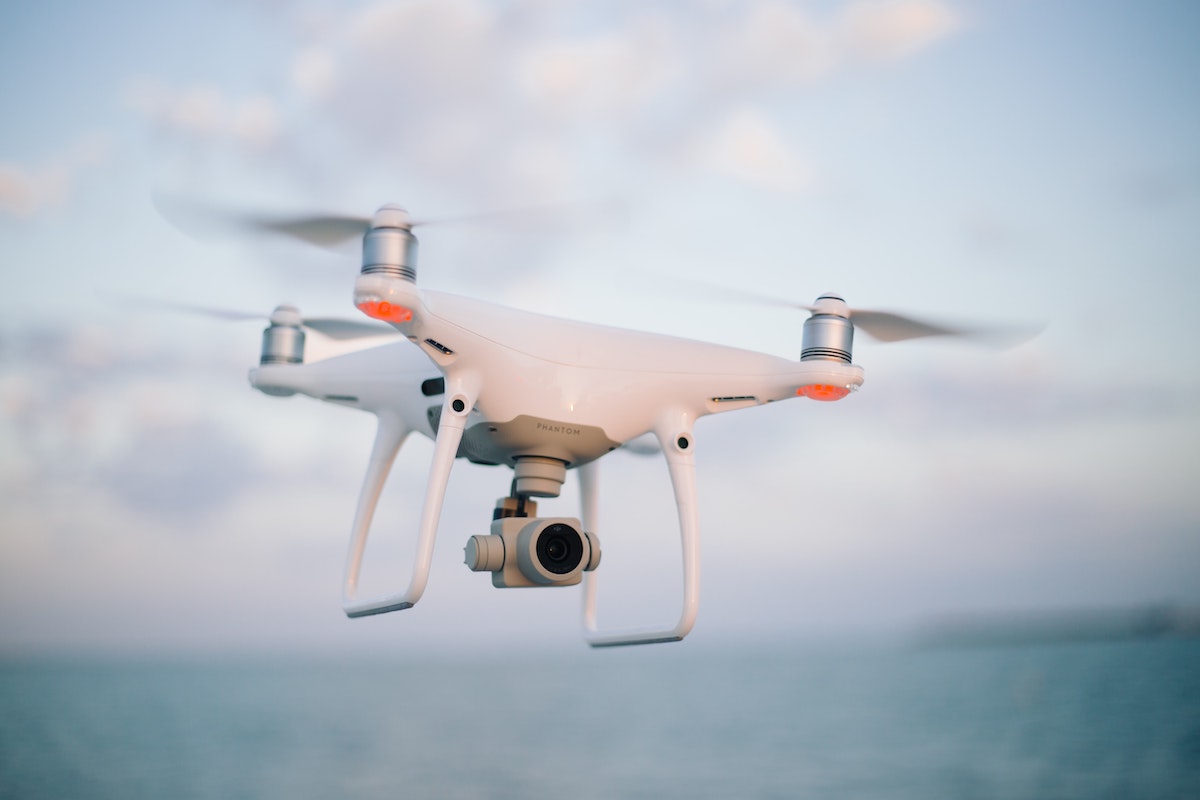
Skyward Efficiency: Autonomous Delivery Drones Revolutionizing Logistics
Autonomous delivery drones are taking the logistics industry by storm, introducing a new era of efficiency and innovation. These unmanned aerial vehicles are reshaping the way goods are transported, offering unprecedented speed, cost-effectiveness, and environmental benefits.
To explore further insights into autonomous delivery drones, visit Autonomous delivery drones.
Pioneering Speed and Precision in Logistics
The integration of autonomous delivery drones into logistics operations has significantly reduced delivery times. With the ability to navigate through urban landscapes and reach destinations faster than traditional means, drones are pioneering speed and precision in the delivery of goods. This not only meets consumer expectations for rapid deliveries but also enhances overall supply chain efficiency.
Cost-Effective Logistics Solutions
Autonomous delivery drones provide cost-effective logistics solutions by minimizing the expenses associated with traditional delivery methods. These drones require less infrastructure, operate on electricity, and reduce labor costs. As a result, businesses can streamline their delivery processes, optimize resource allocation, and ultimately cut down on operational expenses.
Enhancing Last-Mile Delivery Efficiency
The last-mile delivery challenge, often regarded as a bottleneck in logistics, is effectively addressed by autonomous delivery drones. Navigating traffic congestion and delivering packages directly to the customer’s doorstep, these drones overcome the hurdles associated with traditional last-mile delivery methods. This efficiency not only reduces delivery time but also contributes to a seamless customer experience.
Reducing Carbon Footprint and Environmental Impact
The environmental benefits of autonomous delivery drones are noteworthy. By operating on electric power, these drones contribute to a significant reduction in carbon emissions compared to traditional delivery vehicles. This eco-friendly approach aligns with the growing emphasis on sustainable and green practices in logistics and transportation.
Overcoming Geographic Challenges
Autonomous delivery drones have the capability to overcome geographic challenges that may hinder traditional delivery methods. In remote or difficult-to-access areas, drones can swiftly and efficiently transport goods, reaching destinations that might be challenging for ground-based vehicles. This capability extends the reach of logistics networks, providing services to a broader and more diverse range of locations.
Advanced Navigation and Collision Avoidance Systems
The success of autonomous delivery drones is attributed to their advanced navigation and collision avoidance systems. Equipped with sensors, cameras, and GPS technology, these drones can navigate complex environments, detect obstacles, and make real-time adjustments to their flight paths. This technology ensures safe and reliable deliveries, even in dynamic and crowded urban settings.
Regulatory Frameworks and Safety Standards
As the use of autonomous delivery drones expands, regulatory frameworks and safety standards are evolving to ensure responsible and secure operations. Governments and aviation authorities are working to establish guidelines that balance innovation with safety. Compliance with these standards is essential for the widespread adoption of autonomous delivery drones on a global scale.
Consumer Acceptance and Trust Building
The acceptance of autonomous delivery drones by consumers is crucial for their integration into mainstream logistics. Companies are investing in building trust by addressing concerns related to privacy, security, and the safe operation of drones. Transparent communication and demonstration of the benefits, safety measures, and ethical considerations are pivotal in gaining public acceptance.
Technological Advancements and Future Possibilities
Continual technological advancements are expanding the capabilities of autonomous delivery drones. From increased payload capacities to extended flight ranges, these innovations open up new possibilities for the logistics industry. Future developments may include the integration of artificial intelligence for route optimization, drone swarming for large-scale deliveries, and enhanced battery technologies for extended operational hours.
Conclusion: Transforming Logistics with Autonomous Delivery Drones
Autonomous delivery drones are not just a technological marvel but a transformative force in the logistics landscape. By redefining speed, efficiency, and environmental impact, these drones are shaping the future of how goods are delivered. As regulatory frameworks evolve and technology advances, the widespread adoption of autonomous delivery drones holds the promise of revolutionizing the logistics industry on a global scale.
To learn more about autonomous delivery drones, visit Autonomous delivery drones.
